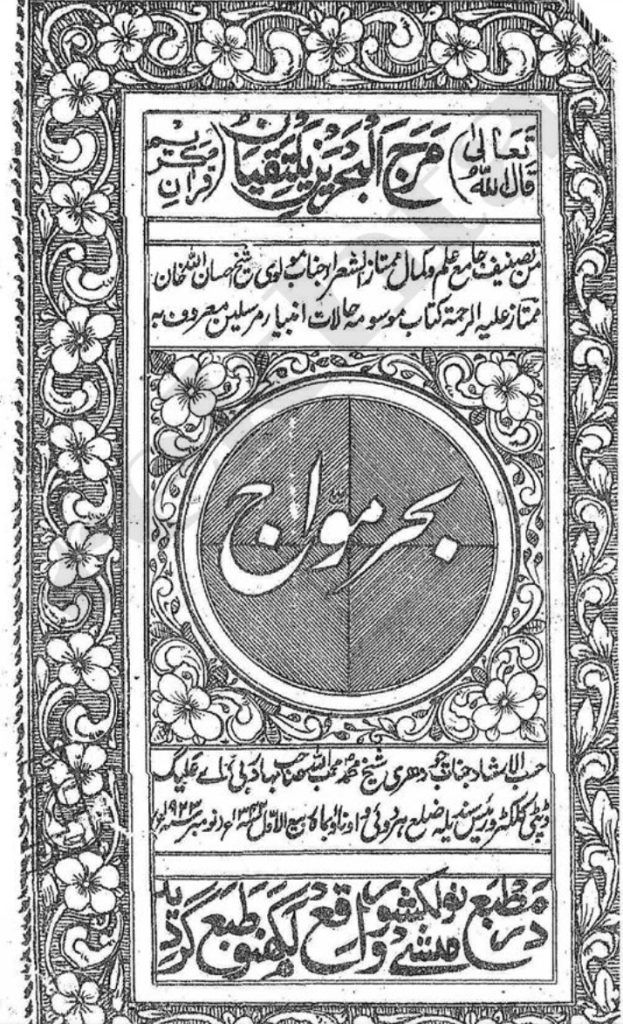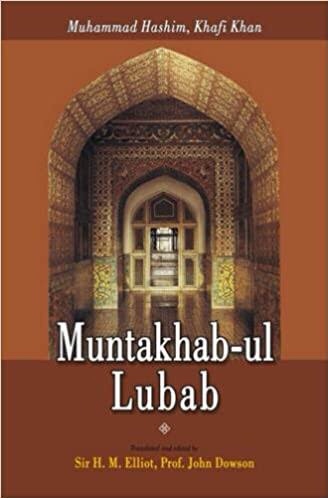Discover Bhai Mul Singh's legacy as a revered Sikh preacher, blending tradition with reform, and his contributions to Sikh literature and history.
Explore the impactful works of Jaswant Singh Kanwal, a prominent Punjabi novelist known for his realist depiction of rural life and powerful storytelling.
Explore 'Bahr Ulmawwaj', a rich tapestry of Muslim and Sikh history, covering Mughals to Durranis, with rare insights into Punjab's past.
Dive into Jagjit Singh Guleria's poetic works like Jharnatan & Annsian, continuing a rich mystical tradition. Translator of Sikhism in modern context.
Explore Khafi Khan's 1722 Persian masterpiece, Muntakhab Ul Lubab, detailing India's rich history and the valiant saga of Guru Gobind Singh and Banda Singh Bahadur.
Uncover Mohan Singh 'Divana', a literary giant excelling in Punjabi, Hindi, Urdu & English, renowned for his versatile works in poetry, essays, & research.
Explore 'Bandi Bir,' Tagore's stirring poem on Sikh hero Banda Singh Bahadur, celebrating courage and sacrifice against Mughal tyranny.
Explore the legacy of Dr. Hari Ram Gupta, a dedicated historian of Sikh confederacies, whose lifetime of research enriched 18th-century Punjab insights.
Discover the rich prose and poetry of Meharban in Janam Sakhi. A precious reflection of 17th-century Sikh literature.
Explore the life and works of Harnam Singh 'Shan', a renowned Punjabi poet, writer, and academic authority on Sikh history and literature.








